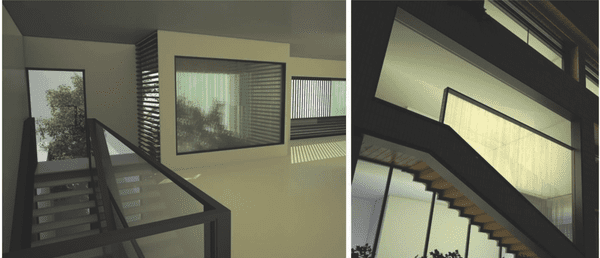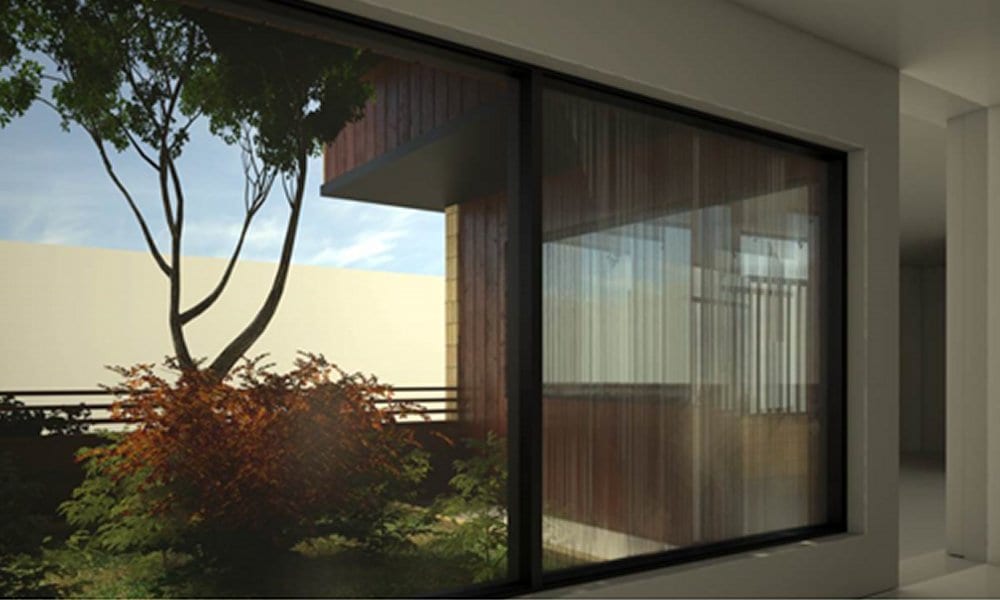Buildings represent more than 40 % of Europe’s energy demands and about one third of its CO2 emissions. Energy efficient buildings and, in particular, building skins are therefore among the key priorities of international research agendas. At the same time, the interior as well as exterior properties of buildings play a key role in individual as well as community well-being, hence, architectural and design requirements, interior acoustics, shading or illumination, and tailoring of radiative heat exchange create a complex set of objectives for the next generation of materials.
In this context, Wondraczek et al. (University of Jena, Germany) report on a new technology for energy-efficient building skins. Their approach relies on thin laminates of transparent glass into which small channel structures are incorporated. These channels are then filled with a functional fluid, e.g., acting as a heat reservoir or solar absorber, and controlled through ancillary circuits across a series of sheet elements.

The laminate devices are designed for low-cost implementation with conventional windows and facades, so as to wrap a building in a layer of liquid. In their paper, the authors demonstrate energy harvesting of up to 500 W/m², which can be employed for both heating and cooling. The visual appearance and transparency of the devices is adjusted through the optical properties of the water-based (non-toxic) liquid. This enables a broad variety of design features, ranging from high transparency to dedicated light refraction and guidance, for both interior and exterior appearance.


















